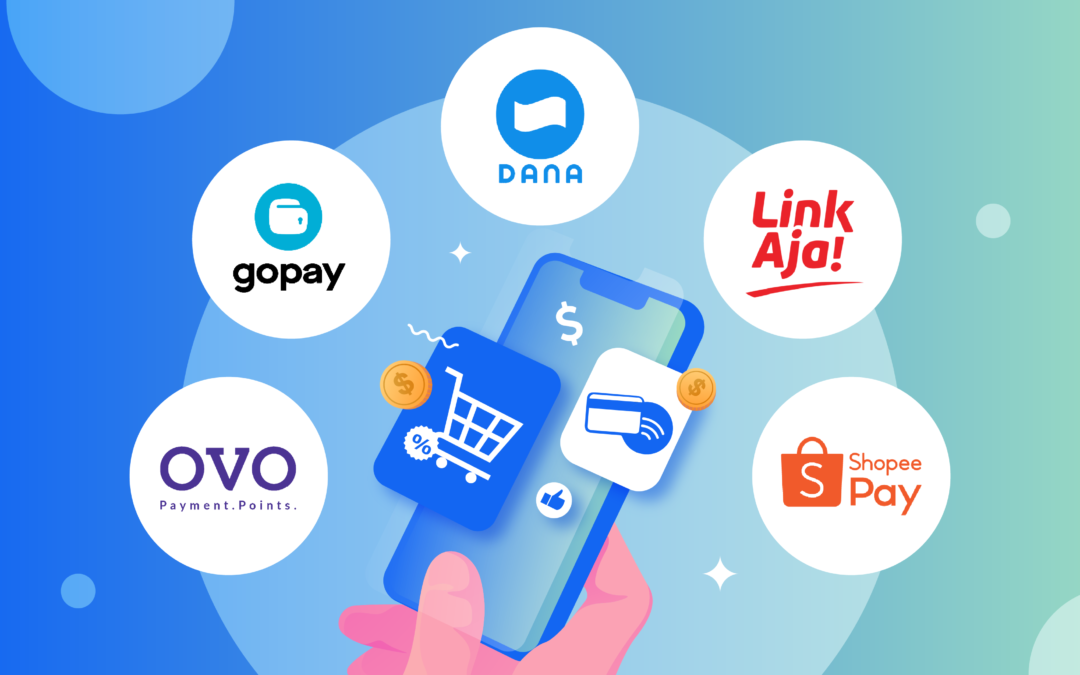e-wallet stands for electronic wallet. It is a type of electronic card which is used for transactions made online through a computer or a Smartphone. The utility of an e-wallet is the same as a credit or debit card. An e-wallet needs to be linked with the individual’s bank account to make payments. The main objective of e-Wallet is to make paperless money transactions easier.
Examples of wallets
There are several digital wallets available. Here are some of the most well-known:
- Cash App
- Apple Pay
- Google Wallet
- Samsung Pay
- Vodafone M-PESA
- Zelle
Types of digital wallets
There are three types of digital wallets.
- Closed wallet – This wallet is restricted to certain individuals. For example, a company selling products and services can develop a closed wallet just for its customers. The money from returns and cancellations is stored in this wallet and users can only transact with the issuer of that wallet. Amazon Pay is an example of a closed wallet.
- Semi-closed wallet – With a semi-closed wallet, users can make transactions at listed merchants and locations. The payment information is stored in a centralized location for safety purposes, but a user may need to share a key or a password with another person before making a transaction. A semi-closed wallet provides ease of use by storing multiple public addresses while keeping private keys offline.
- Open wallet – Open wallets can be used to manage and track payment information online. Operating as easy-to-use online applications, a user can download an open wallet to any device or browser with an internet connection. Open wallets are compatible across all platforms and users can transact anytime and from anywhere.
Most wallets attempt to distinguish themselves from their competitors with different methods. For example, Google’s digital wallet service allows you to add funds to the wallet on your phone or device. Then you can spend this cash in-store and online at businesses that accept Google payments.
Apple, on the other hand, entered into a strategic partnership with Goldman Sachs to issue Apple credit cards and expand its Apple Pay services.
How do digital wallets work?
An e-wallet is a secure money management app or online platform that allows you to make purchases with retailers on-site, transfer or send money and track rewards programs. You can link the e-wallet to your bank account or pay as you go with a prepay option.
Ditching your real wallet (which, let’s be honest, contains mostly loose change and old receipts anyway) for a digital wallet is easier than you think. With a payment app, all your Summit credit and debit cards can be stored in your digital wallet right on your phone, ready to use online or at a store wherever you see the pay wave icon. Mobile payments work just like regular transactions. All you have to do is wave or tap your phone, and you’re done easily.
Digital wallets use a mobile device’s wireless capabilities like Bluetooth, Wi-Fi, and magnetic signals to transmit payment data securely from your device to a point of sale designed to read the data and connect via these signals.
Currently, the technologies used by mobile devices and digital wallets are:
- QR codes: Quick response codes are matrix barcodes that store information. You use your device’s camera and the wallet’s scanning system to initiate payment.
- Near field communication (NFC): NFC is a technology that allows two smart devices to connect and transfer information using electromagnetic signals. It requires two devices to be close to each other to connect.
- Magnetic secure transmission (MST): The same technology used by magnetic card readers that read your card when you swipe it through a slot on a point of sale. Your phone generates this encrypted field that the point of sale can read. However, at least one digital wallet and mobile phone provider, Samsung, has phased out an MST feature for Samsung Pay on its Android mobile phones
Interested to launch your own white label branded e-Wallet app? Get in touch with us.

